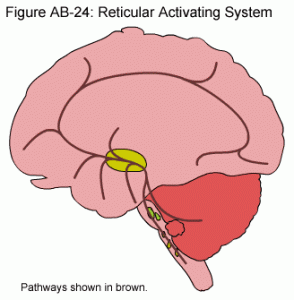Over the past week or so since Yahoo announced they were buying Tumblr, many panned the idea, dismissing it as an aging tech giant’s feeble attempt to stay relevant to younger audiences. What the buy really means is that Yahoo is going all-in on display advertising.
Let’s not forget that Marissa Mayer was a top executive at Google, basically the biggest Internet success story ever. She has seen first-hand the data behind all of Google’s products – including its search and display networks.
People think of search advertising as the de-facto form of Internet advertising, but the truth is display advertising is equally as effective, and helps you capture your customers at a different point in the funnel.
In a recent Wordstream study on search versus display advertising, they found that average CPAs (cost per action) on Google display networks are often lower than Google search CPAs.
Display ads have gotten better and better over the years with advancements like retargeting, contextual targeting and search retargeting. Plus, with certain CPCs on search becoming outrageously expensive (some top $50), display advertising is becoming more attractive because of its lower barrier to entry.
Some think that Yahoo paid too much for Tumblr. I think that Tumblr gives Yahoo a new avenue to pursue a younger audience, and gives it more display inventory for ad serving.
Plus, with the leaps and bounds made in display advertising, it helps Yahoo diversify beyond the search results.









